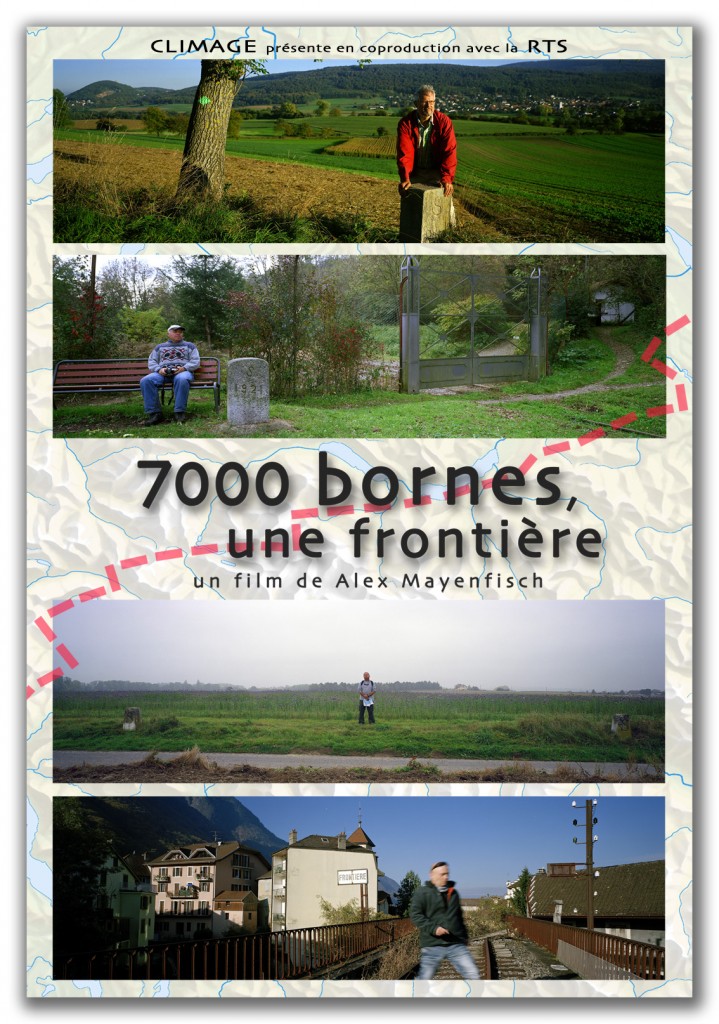The film’s protagonists
The film visits different places on the border in the company of four people who, out of personal interest, have developed an activity and a reflection on this theme.
François Schröter spent part of his childhood in Gondo (the border village on the Simplon road) and wrote his doctoral thesis in geographical law, focusing mainly on places where the Swiss border is based on water (rivers, lakes, dams). “This absolutely delectable thesis is highly recommended to all lovers of geographical poetry”. Jacques Guyaz, Domaine public.
(François Schröter, Les frontières de la Suisse: questions choisies, Schulthess, 2007, 663 p.)
Stéphane Bodénès grew up in Hermence, in a house (in Switzerland) separated from his garden (in France) by the border. He wrote a doctoral thesis in geography on the Franco-Genevan border, followed by a book for the general public on the same subject that combines description and reflection.
(Stéphane Bodénès, Promenades sur la frontière franco-genevoise, Slatkine, 2001, 144 p.)
Peter Matzinger after living far from the border in Bern, Peter Matzinger settled over 30 years ago in the village of Rodersdorf near Basel, 88% of whose municipal boundaries border on France. Since his retirement, he has been developing a project for a border cultural trail to integrate the work of artists along this line that borders Alsace.
Bruno Stieger took advantage of the need to exercise after a long convalescence to photograph the 580 milestones that separate Italy from his region, the Mendrisiotto in the south of Ticino, and to research this segment, one of the oldest, of the Swiss border.
Two Italian smugglers, Gigliana and Emilio, who were active in the 1960s in Tirano in the Valtelline region, add their own personal accounts.
A few facts about the border
The Swiss border is 1,899 km long, shared with five neighboring countries: 744 km with Italy, 572 km with France (i.e. 2/3 for these two countries), 362 km with Germany, 180 km with Austria and 41 km with Liechtenstein.
746 km are in the mountains, 714 in the plains and 436 km (¼) on lakes and rivers.
The route is marked by 7,000 milestones, engravings and pegs.
15 cantons border one or more neighboring countries.
Switzerland is one of the 44 countries out of the 193 members of the United Nations that have no access to the sea and are therefore bounded only by their land border.
The Swiss border was demarcated in 1815 at the Congress of Vienna and has remained unchanged since then (with the exception of a few minor alterations in connection with buildings). The Swiss Constitution and political institutions (1848), the national flag (1889) and the bank holidays (1891) therefore date from after the border was established.
There are 230,000 km of land borders around the world, 30,000 of which have been established in the last twenty years (mainly following the dismantling of the USSR and Yugoslavia), the most recent being that of South Sudan (1,937 km) in 2011.

